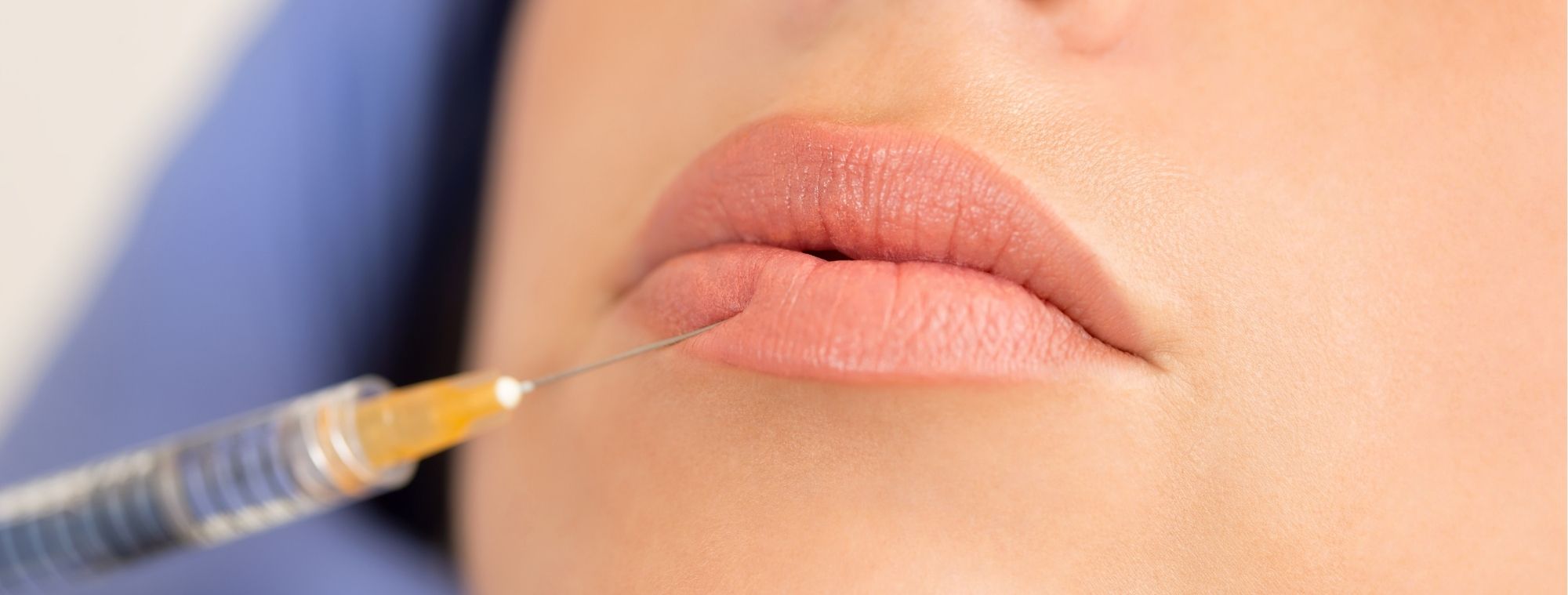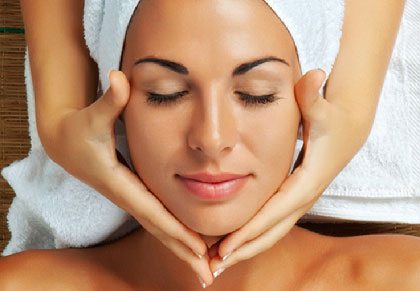
Non-surgical beauty treatments is currently a growing industry with increasing revenues and professionals every year. As with any popular industry, you will get to find rogue practitioners. Individuals that claim to be experienced “aestheticians” but offer unsafe and unhygienic treatments to clients with non-regulated beauty training. They would usually have received their qualification through a short course with no anatomy or physiological knowledge.
If you’ve considered a beauty training course, we’re sure you’ve seen the adverts for online training sessions by now! Usually, these courses will promise to have you trained to provide non-surgical treatments such as lip fillers, botox and fat burning injections in just a day or a week. Students are trained online with no actual hands-on practice on a model, which we don’t encourage!
Why is Non-Regulated Beauty/Aesthetics Training So Dangerous?
There are many reasons why receiving non-regulated beauty training to become an aesthetician is a bad idea. Despite the promises of a fast qualification and the ability to make money quickly, it is not worth the risks!
Lack of Anatomy & Physiology Understanding
Firstly, aestheticians and therapists who study these advanced courses in Level 3 and Level 4 must complete Anatomy & Physiology. Anatomy refers to the structure of the human body, covering organs, cells and blood vessels. Physiology refers to the function of the different parts of the human body. Through the Level 3 A&P course, students also learn about various diseases, infections and contra indications that prevent them from causing damage for clients in the future. As you can imagine, in a field that deals with clients skin, health and hygiene, it is detrimental to understand these basics. Anatomy & Physiology is significant for beauty practitioners and the treatments that they offer. Aestheticians must understand how the organs work to understand the benefits of treatments.
Clients are also likely to have questions about their treatments and with accurate A&P knowledge, you can answer these questions correctly.
Physically Damaging Side Effects
More often than not, clients are likely to believe that since the treatments are non-surgical, the risk is less. Whilst they aren’t wrong, the side effects of a treatment carried out incorrectly are disastrous.
There are immediate and long-term side effects clients may suffer if they receive treatment from an inexperienced practitioner. These include:
- Infection
- Inappropriate placement
- Allergic Reactions
- Severe Pain
- Swelling
- Unevenness
- Bruising
- Lasting Bleeding
- An abnormal spread of pigment
- The movement of fillers
As you can see from the list above, these are not side effects to ignore as a client or an aesthetician!
Non-Regulated Products or Measurements
In the UK, the majority of the cosmetic industry is not regulated, which means people can provide injectable treatments to whomever. The main issue with people who are not certified is the many risks that they are not aware of.
Without being aware of the risks, they are more likely to use products that are not approved and possibly inject products incorrectly or in the incorrect area. An untrained professional is more likely to cut corners and buy cheaper products that are not regulated. These products cause serious issues such as facial disfigurement, allergic reactions, necrosis (the tissue in the area dying) and much more. Hence why some practices are significantly cheaper than professionals because of the risky products they are using.
Another concern with untrained beauty therapists is poor hygiene practices and knowledge of infection control. Having practices such as sterilising equipment, not reusing needles, keeping the premise clean and personal hygiene all prevent infection for the customer receiving the treatment. If these practices are not in place, it creates a higher risk for the client to get infected, which the damage may not always be reversible.
A study was conducted by Save Face, in which they surveyed people from across 224 UK practices and found 47% of people who had come to have lip filler dissolved. The people who finally corrected it were fully-trained beauty therapists.
What is an Accredited Beauty/Aesthetics Training Program?
In the UK, an accredited course is a professional body’s approved program. In the beauty industry, these are beauty professionals that set high-quality standards that form the qualification. The standard ensures that throughout the country, beauty professionals can perform the same services. So what is expected from either a beauty therapist, hairdresser, nail technician, and non-medical aesthetician are consistent. They develop qualifications based on the demands of the industry to help students go as far as possible.
These awarding bodies do not deliver the courses/training programs themselves. Instead, they approve training centres to deliver their qualifications through high-quality teaching.
The Ray Cochrane Beauty School is an approved training centre for VTCT, CIDESCO and CIBTAC. All of which are internationally recognised awarding bodies that are regulated and keep up with the highest training standards. Whilst the promise of becoming a non-surgical aesthetician in a day or a week is tempting. From the list above, you should understand why you should stay far away from this route.
Why Choose an Accredited Aesthetics Training Program vs Non-Regulated Beauty Training?
An accredited beauty or aesthetics training course is always a better option for many reasons. Firstly, at a regulated training centre, the tutors are likely to be experienced aestheticians. Here at the Ray Cochrane Beauty School, all of our tutors have over 10 years of experience in the industry. Some even own clinics and non-medical aesthetics salons in the heart of London. This ensures that they are up to date in the latest practices and treatments whilst monitoring the industry standards. Students can rest assured that they are learning current and safe techniques from a practising non-medical aesthetician.
Secondly, these accredited beauty training courses will have a set amount of guided learning hours. The GLH dictates the amount of time a student must be taught or instructed under the guidance of their tutor. GLH is set by the awarding body of the course on how much learning the students must complete to understand and successfully take in all the course information. By completing the guided learning hours, students will get contact time with their tutors who will answer questions and correct any mistakes before they become habits. When completing a beauty course in a day, it is almost impossible to complete the recommended GLH or even fully understand the learning materials.
Finally, students who complete non-regulated beauty training courses do not get access to hands-on training. So on our VTCT Level 4 skin peeling or skin needling course, students will get access to a live model. Having a live model and tutor guidance teaches students how to safely administer treatments. Tutors will ensure that you are needling the correct areas of the face and avoiding anywhere that can cause nerve damage.
What Do you Need to Enrol in a Regulated & Accredited Beauty/Aesthetics Course?
We hope that after reading our earlier points, you have no interest in joining a non-regulated beauty training course! As non-medical aesthetic courses are usually a Level 4 qualification, those interested will need:
- A Level 3 Related Qualification in the beauty industry or be a medical professional such as doctor or nurse.
- Level 3 Anatomy & Physiology Qualification
- A strong interest and passion for the beauty industry
If you are interested in completing an advanced aesthetics course here at Ray Cochrane course, do not hesitate to get in contact with us. Our enrolment staff have many years of experience in helping students achieve their beauty career! Our friendly enrolment staff can be reached on 020 7486 6291 or email@raycochrane.co.uk
